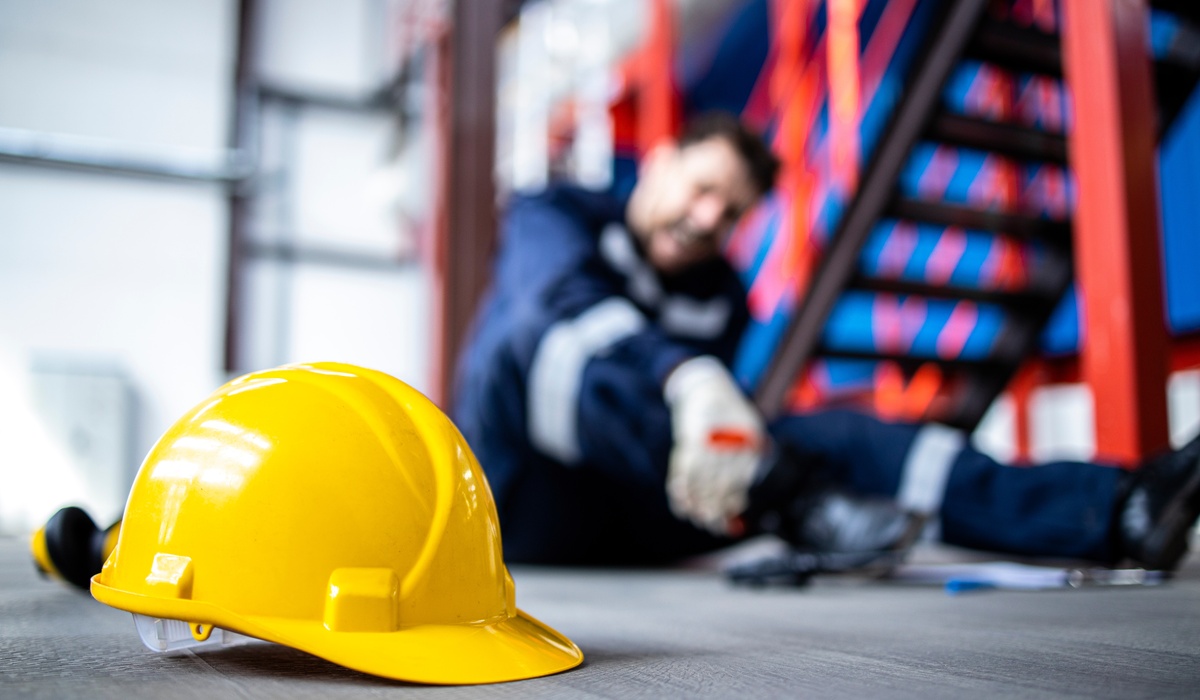Our place of employment is such a central part of our lives that it’s easy to forget how quickly something can go wrong. There are a variety of workplace dangers you should be aware of, depending on the job. Recognizing some of these risks is an ongoing effort and requires deeper knowledge of the unique challenges of each industry. When you step out of the office and into physically demanding fields, certain hazards take on a more immediate and visible form.
Heavy equipment operators, for example, have one of the most high-stakes jobs. Tasked with managing colossal machinery like bulldozers and cranes, a single misstep can lead to catastrophic consequences. A real-world example might include a busy construction site where poor equipment maintenance causes a crane boom to malfunction, endangering the operator and everyone within its reach. This highlights the vital role of heavy equipment safety tips for new operators and clear communication on job sites.
Other high-risk industries, such as warehousing and manufacturing, also present daily challenges. Conveyor belts, forklifts, and machinery pose risks, requiring precise operations and consistent use of protective gear like gloves and earplugs. A fatigued worker trying to keep up with a fast-paced environment may forget to wear proper gear, exposing themselves to preventable injuries.
While some roles may demand physical endurance, others, like healthcare, carry emotional weight alongside physical risks. Nurses, for instance, frequently experience back strain from lifting or moving patients, and face potential exposure to contagious diseases or needlestick injuries. There’s also the unspoken psychological toll of workplace aggression or long shifts that wear down mental health.
Though diverse, certain dangers cut across virtually all industries. Take exposure to hazardous substances, for instance. Workers in demolition jobs often encounter asbestos when tearing down older structures, which, if inhaled over time, can lead to serious health complications like mesothelioma.
Similarly, picture a technician in a manufacturing plant inadvertently exposed to chemical fumes due to a safety lapse. Preventative measures like personal protective equipment (PPE) and proper ventilation are key safeguards that can make all the difference.
The mental pressures of work are as significant as the physical ones yet are often overlooked. Burnout, anxiety, and depression are silent dangers, exacerbated by unrealistic deadlines, uncooperative colleagues, or a toxic workplace culture.
A customer service representative working under constant pressure to meet call quotas could face this every day, risking emotional health and productivity. Addressing these challenges starts with fostering an environment that prioritizes respectful communication and provides access to mental health resources.
Creating safer workplaces starts with a commitment to proactive measures. Regular safety training, clear guidelines, accessible equipment, and supportive policies are important steps toward reducing risks. Take a moment today to evaluate your workplace.
Are there hazards that require intervention or workplace dangers you should be aware of? Can your team do more to support mental health? Raising awareness and taking action creates a safer environment; one where individuals can perform their best. Every worker deserves to clock out as safe and sound as when they clocked in.









